When you stroll through the meat section, those small USDA-grade labels on the packaging might seem insignificant, but they carry a lot of weight in determining the quality of the meat you’re buying. Understanding these grades is crucial not only for making informed choices but also for ensuring you’re getting the best value for your money. This blog will break down what these USDA meat grades mean, how they impact your purchase, and why they matter in the grand scheme of your culinary experiences.
Table of Contents
What Do USDA Meat Grades Mean For Your Purchase?
- The Reason You Should Care About USDA Meat Grades
- The Determination Of USDA Grades
- What Does “USDA Prime” Mean for Your Dinner Plate?
- The Impact Of USDA Meat Grades On Your Cooking Methods And The Nutritional Value Of Your Meal
- USDA Meat Grades Versus Other Global Meat Standards
- What Should You Consider When Choosing Between USDA Meat Grades?
- Ethical Considerations of USDA Meat Grades
- Conclusion
- FAQs
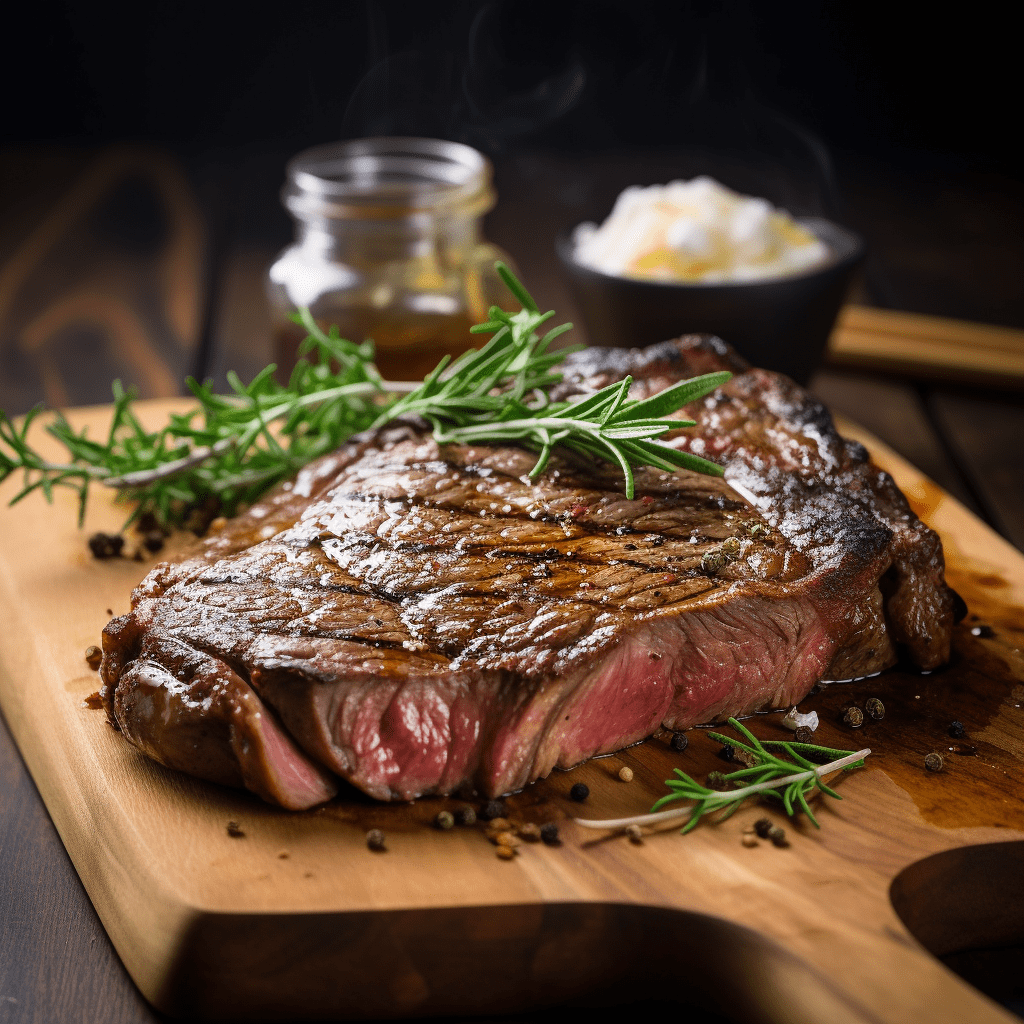
The Reason You Should Care About USDA Meat Grades
The USDA meat grading system is a voluntary program that assesses the quality of meat based on specific criteria such as marbling, age of the animal, and overall appearance. But why should you care? Because these grades directly influence the texture, flavor, and juiciness of the meat. By understanding these grades, you can make more informed decisions that align with your culinary preferences and budget.
The Determination Of USDA Grades
You might wonder what goes into determining these grades. The USDA uses trained inspectors who evaluate the meat based on factors like marbling, color, texture, and the age of the animal. There are three main grades you’ll encounter: Prime, Choice, and Select. Each of these grades represents a different level of quality, and understanding them can help you choose the right meat for your needs.
What Does “USDA Prime” Mean for Your Dinner Plate?
USDA Prime is the highest grade awarded by the USDA and is typically reserved for meat with the most marbling. This grade is synonymous with superior tenderness, juiciness, and flavor. Prime cuts are often found in high-end restaurants and are the preferred choice for grilling and roasting.
But is it worth the higher price tag? If you’re looking to indulge or impress, Prime is likely your best bet. However, it may not be necessary for everyday meals, depending on your taste preferences and cooking methods.
USDA Choice is the middle tier in the grading system, offering a balance between quality and affordability. Choice cuts have less marbling than Prime but are still flavorful and tender. This grade is widely available in grocery stores and is a popular option for families and home cooks who want good quality meat without breaking the bank. Whether you’re preparing a weeknight dinner or hosting a small gathering, Choice Meat is versatile enough to deliver satisfying results.
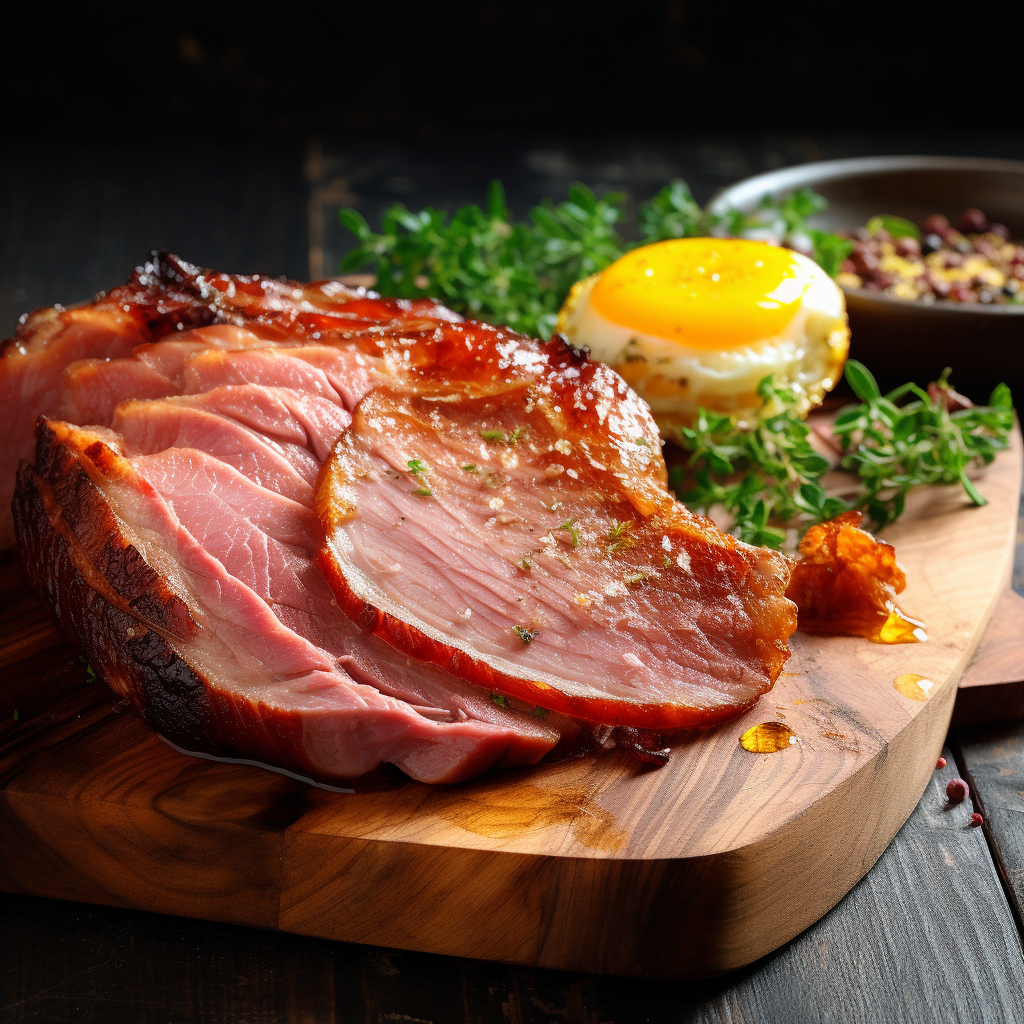
The Impact Of USDA Meat Grades On Your Cooking Methods And The Nutritional Value Of Your Meal
Cooking Methods
Different grades of meat respond better to different cooking methods. For example, Prime cuts, with their higher fat content, are excellent for dry-heat cooking methods like grilling or roasting, which bring out their natural flavors. Choice cuts, with slightly less fat, can also be grilled but might benefit from being cooked to medium or medium-rare to retain moisture.
Select cuts, on the other hand, often do better with moist-heat cooking methods such as braising or slow cooking, which help to tenderize the meat and enhance its flavor.
Nutrition Value Of Meal
You might wonder if the USDA grade affects the nutritional value of the meat. While the grade primarily reflects the quality in terms of taste, tenderness, and juiciness, it can also indirectly influence the nutritional content.
For instance, Prime cuts have more fat, which means they are higher in calories. Select cuts with less marbling are leaner and might be a better option for those watching their fat intake. Therefore, understanding these grades can also help you make choices that align with your dietary needs.
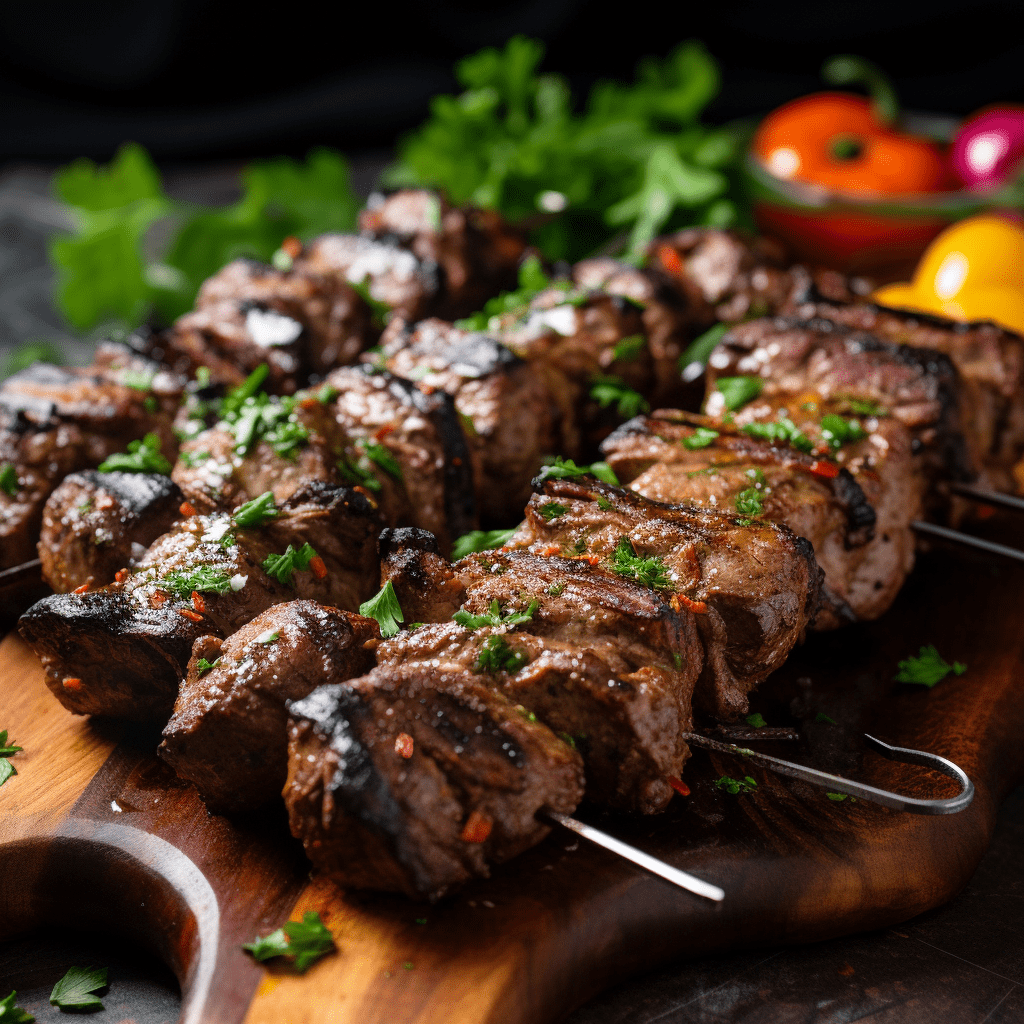
USDA Meat Grades Versus Other Global Meat Standards
If you’ve ever shopped for meat outside the United States, you might have noticed different grading systems in place.
For example, in Japan, beef is graded based on a combination of marbling, meat color, firmness, and fat color. In the European Union, meat quality is often assessed using a different set of criteria.
While the USDA grading system is one of the most well-known, it’s helpful to understand how it compares to other standards if you’re interested in exploring meat options from different parts of the world.
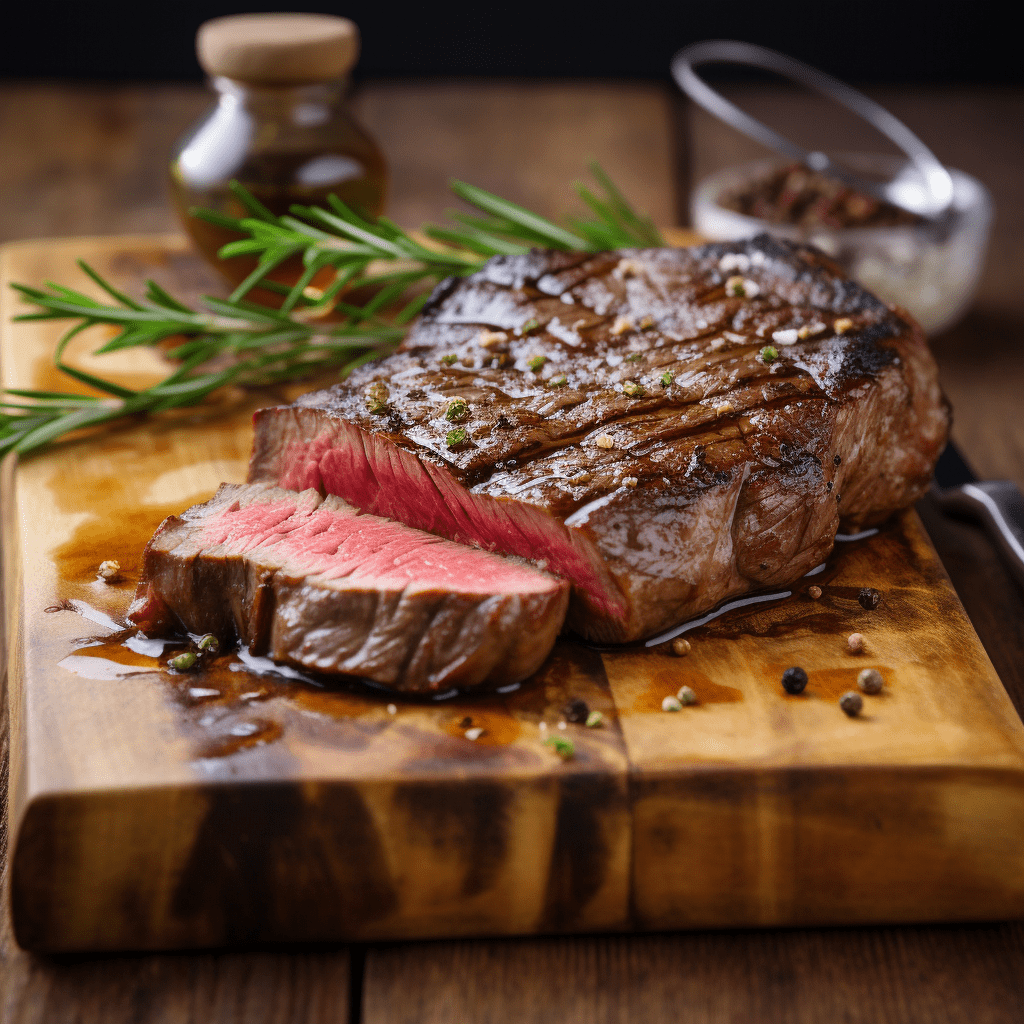
What Should You Consider When Choosing Between USDA Meat Grades?
When deciding between USDA meat grades, consider factors such as your budget, the type of meal you’re preparing, and your personal taste preferences. If you’re grilling steaks for a special occasion, Prime might be worth the splurge. However, if you’re cooking a stew or a dish where the meat will be heavily seasoned, Select might be a more economical choice without compromising on flavor. Understanding your specific needs will help you make the best choice for each situation.
Knowing what USDA meat grades mean can significantly enhance your cooking skills. When you understand the characteristics of each grade, you can select the best meat for your recipes, leading to better results in the kitchen. Whether you’re aiming for a perfectly grilled steak or a tender, flavorful roast, the grade of meat you choose will play a crucial role in the success of your dish. This knowledge empowers you to experiment with different cooking methods and cuts, expanding your culinary repertoire.

Ethical Considerations of USDA Meat Grades
While the USDA grading system is focused on quality, it’s also worth considering the ethical aspects of meat production.
- Factors such as how the animals are raised, their diet and the environmental impact of meat production are important considerations for many consumers today.
- While USDA grades don’t directly address these issues, being informed about them can help you make choices that align with your values.
- For those concerned about sustainability, looking beyond the grade to consider the broader impact of your meat purchases is crucial.
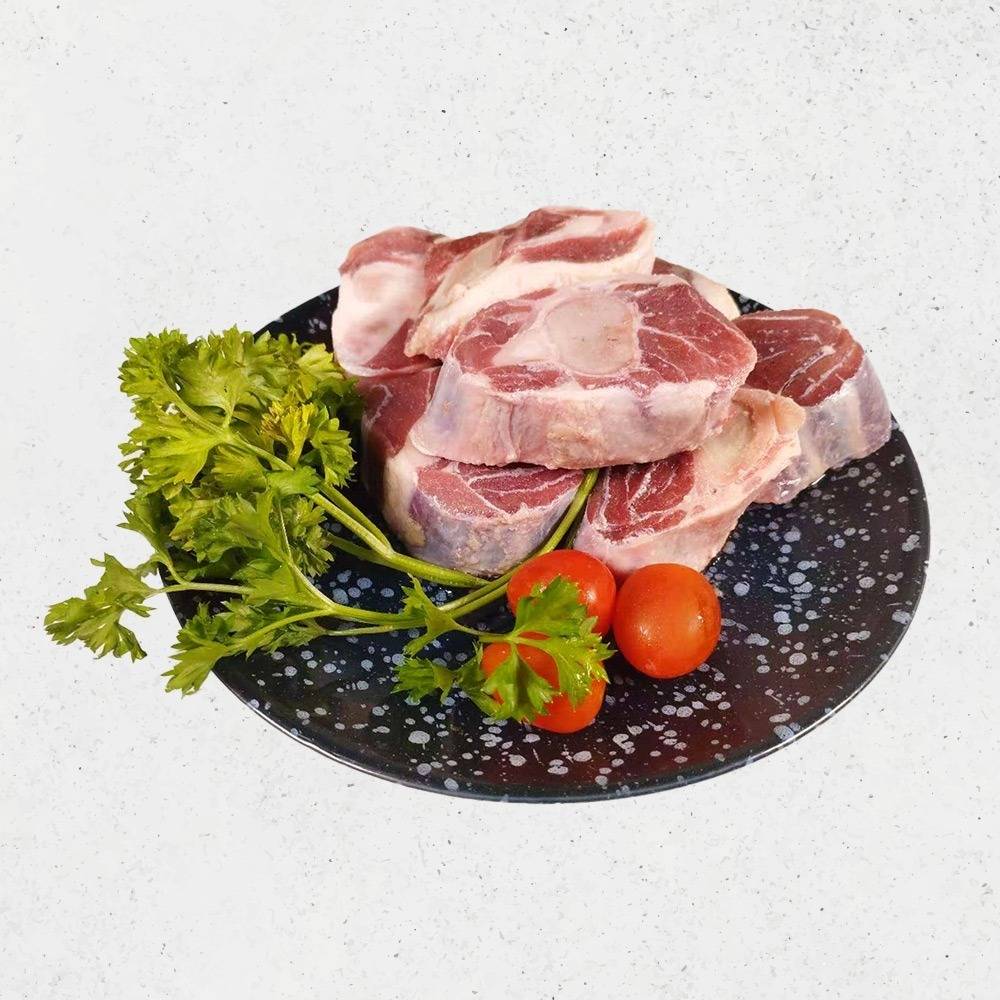
Conclusion
Understanding USDA meat grades is about more than just picking a good steak—it’s about making informed decisions that align with your culinary goals, budget, and values. By knowing what these grades mean, you can choose the right meat for your needs, ensuring that every meal is a success. Whether you’re a seasoned cook or just starting, this knowledge is a valuable tool in your culinary toolkit.
FAQs
- What is the difference between USDA Prime, Choice, and Select?
USDA Prime has the most marbling and is the highest quality, followed by USDA Choice, which has slightly less marbling, and USDA Select, which is leaner.
- Does USDA grading affect the safety of the meat?
No, USDA grading is about quality, while USDA inspection ensures meat safety.
- Is USDA Select meat still good quality?
Yes, with the right preparation, USDA Select can be very flavorful, though it is leaner than higher grades.
- Do USDA grades apply to all types of meat?
USDA grades primarily apply to beef but are also used for other meats like lamb and veal.
- Can understanding USDA meat grades help with healthier eating?
Yes, knowing the grades can help you choose leaner cuts like USDA Select, which may align better with your dietary goals.
____________________________________________________________________________
Buy Beef online right now in USA →
⭐⭐⭐⭐⭐ Rated 4.9/5 by Hundreds of Satisfied Clients

About Christo Barnhoorn
Christo Barnhoorn, a seventh-generation rancher, carries a legacy of tradition and ambition from his upbringing on a South African sheep farm. Immersed in the practices of sheep farming, he developed a deep understanding of the industry. With a desire to expand his horizons, Christo moved to the United States and established his own ranch in New Mexico. There, he successfully combined his traditional knowledge with innovative practices, transforming his venture into a flourishing retailer specializing in mail-order meat delivery.
Related Articles
Can you Cook Beef Steak from Frozen?
How to Cook a Striploin Steak | Our Easy 3 Step Guide + Tips
What Cut of Meat is Roast Beef?


